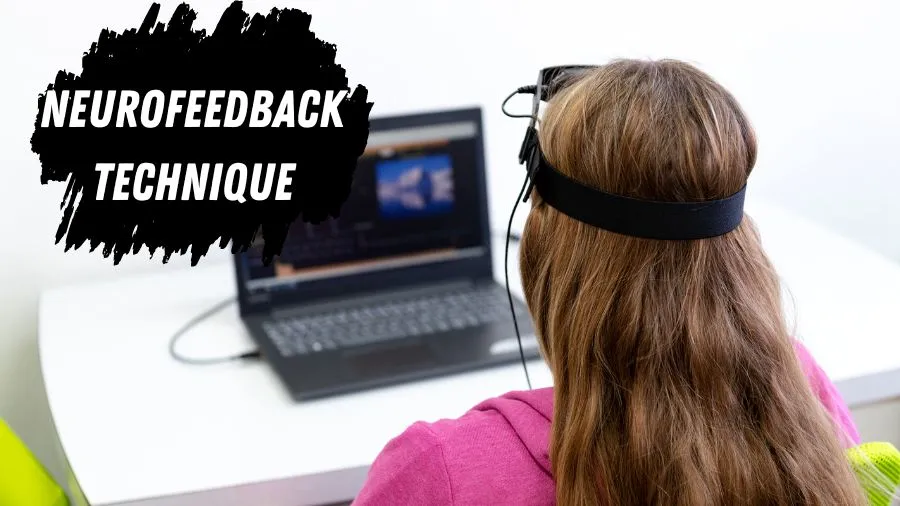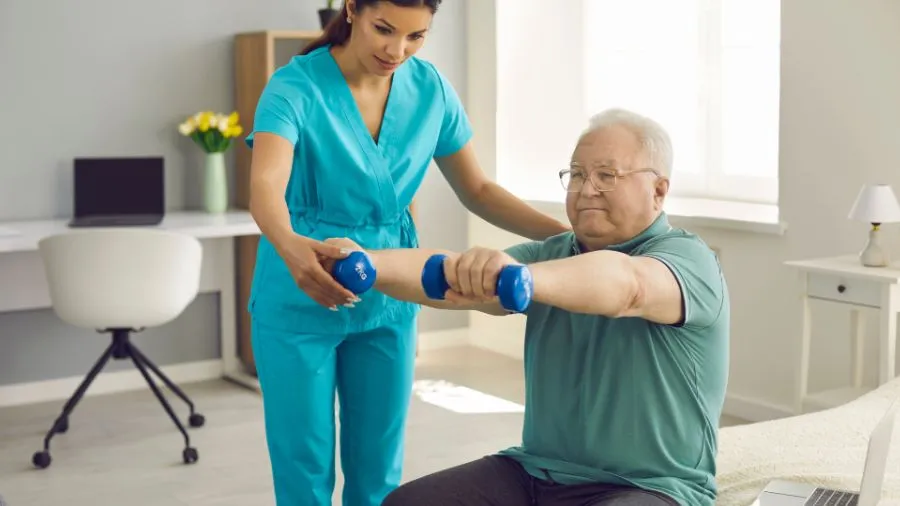Imagine a rehabilitation therapy where stroke patients regain lost motor function not just through physical exercises, but by learning to control their own brain activity. This groundbreaking approach is called Neurofeedback Technique, and it’s showing promise in helping stroke patients overcome physical limitations and improve their quality of life.
What is Neurofeedback Technique and How Does it Work for Stroke Patients?
Neurofeedback Technique is a non-invasive therapy that uses real-time feedback to help individuals learn to self-regulate their brain activity. In the context of stroke rehabilitation, sensors like EEG (electroencephalogram) or fMRI (functional magnetic resonance imaging) monitor brain activity in specific areas associated with movement. This information is then translated into visual or auditory feedback, like a video game or sound, that the patient can see or hear in real-time.
By observing these signals and their relation to attempted movements, stroke patients learn to adjust their brain activity towards patterns associated with better motor control. This process, guided by a trained therapist, promotes neuroplasticity, the brain’s ability to reorganize and heal itself, eventually leading to improved motor function.
Benefits of Neurofeedback Technique for Stroke Patients
Numerous studies have explored the potential of Neurofeedback Technique for stroke patients, with promising results:
- Motor Function Improvement: Research suggests that Neurofeedback Technique can improve motor function in stroke patients, particularly in areas like hand movement, gait, and balance. This can enhance their independence and daily activities.
- Reduced Spasticity: Spasticity, a common post-stroke symptom causing muscle stiffness, can be alleviated with Neurofeedback Technique. This can improve mobility and comfort for stroke patients.
- Cognitive Enhancement: Some studies indicate that Neurofeedback Technique can also improve cognitive functions like attention, memory, and processing speed in stroke patients, contributing to their overall recovery.
- Pain Management: Chronic pain is another frequent challenge for stroke patients. Neurofeedback Technique shows potential in reducing pain perception and improving pain management strategies.
Types of Neurofeedback Technique for Stroke Patients
Different types of Neurofeedback Technique can be used for stroke rehabilitation, each with its own advantages:
- EEG Neurofeedback: This widely used technique measures electrical activity on the scalp, providing feedback on specific brainwave frequencies associated with motor control.
- fMRI Neurofeedback: This advanced technique offers deeper insights into brain activity patterns, but requires specialized equipment and expertise.
- Sensorimotor Neurofeedback: This technique combines brain activity monitoring with sensory feedback like vibration or electrical stimulation, potentially enhancing learning and motor control.
Considerations and Future Directions for Neurofeedback Technique in Stroke Rehabilitation
While Neurofeedback Technique is a promising tool, it’s crucial to remember:
- Research is still ongoing: More studies are needed to confirm long-term benefits and establish optimal protocols for different stroke patients.
- Individualized approach: Neurofeedback Technique should be tailored to each patient’s specific needs and recovery goals.
- Combination therapy: It’s often used alongside traditional physical and occupational therapy for a more comprehensive rehabilitation approach.
Looking ahead, research is exploring ways to optimize Neurofeedback Technique for stroke patients. This includes investigating personalized protocols, combining it with other rehabilitation techniques, and developing portable and affordable devices for wider accessibility.
Conclusion
Neurofeedback Technique emerges as a valuable addition to the rehabilitation toolbox for stroke patients. By enabling them to actively participate in their recovery through self-regulation of brain activity, it offers hope for improved motor function, reduced pain, and cognitive enhancement. As research continues and technology advances, Neurofeedback Technique has the potential to play an even greater role in empowering stroke patients to reclaim their lives.




